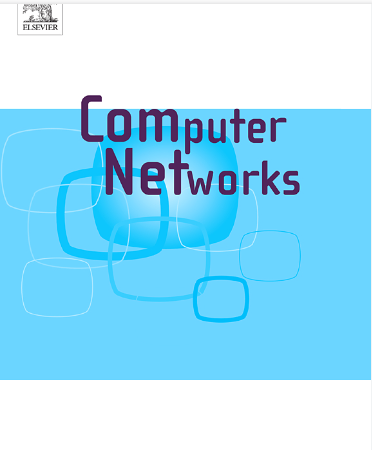Towards Open RAN in beyond 5G networks: Evolution, architectures, deployments, spectrum, prototypes, and performance assessment
IF 4.4
2区 计算机科学
Q1 COMPUTER SCIENCE, HARDWARE & ARCHITECTURE
引用次数: 0
Abstract
Along the evolution of mobile communication systems during the past decades from 1st generation (1G) to 5th generation (5G), radio access networks (RANs) have been traditionally implemented and deployed based on vendor-specific hardware and proprietary software. In recent years, there is a surge of interests and efforts among mobile network operators (MNOs) in developing RAN solutions based on open interfaces to facilitate flexible operations and versatile functionalities of RANs using reconfigurable hardware and inter-operable software. In the meantime, various industrial and academic stakeholders are keen on developing open-source driven RAN solutions based on commercial-off-the-shelf (COTS) hardware like software defined radio (SDR). In this article, we convey a comprehensive and systematic study on Open RAN technologies spanning from the theories (from RAN evolution to Open RAN architecture) and the concepts (from disaggregation and functional split to Open RAN architectures), to commercial and prototype deployments as well as implementation platforms. In addition to an in-depth comparison between the 3rd generation partnership project (3GPP) and Open RAN Alliance (O-RAN) interfaces and functions, we shed light on the spectrum allocation aspects for Open RAN deployment covering both public and private 5G networks. Furthermore, this article presents two prototype 5G networks that we have developed based on COTS hardware and open-source software suites as well as the configuration and performance of these prototype proof-of-concept on-campus networks.
求助全文
约1分钟内获得全文
求助全文
来源期刊

Computer Networks
工程技术-电信学
CiteScore
10.80
自引率
3.60%
发文量
434
审稿时长
8.6 months
期刊介绍:
Computer Networks is an international, archival journal providing a publication vehicle for complete coverage of all topics of interest to those involved in the computer communications networking area. The audience includes researchers, managers and operators of networks as well as designers and implementors. The Editorial Board will consider any material for publication that is of interest to those groups.
 求助内容:
求助内容: 应助结果提醒方式:
应助结果提醒方式:


